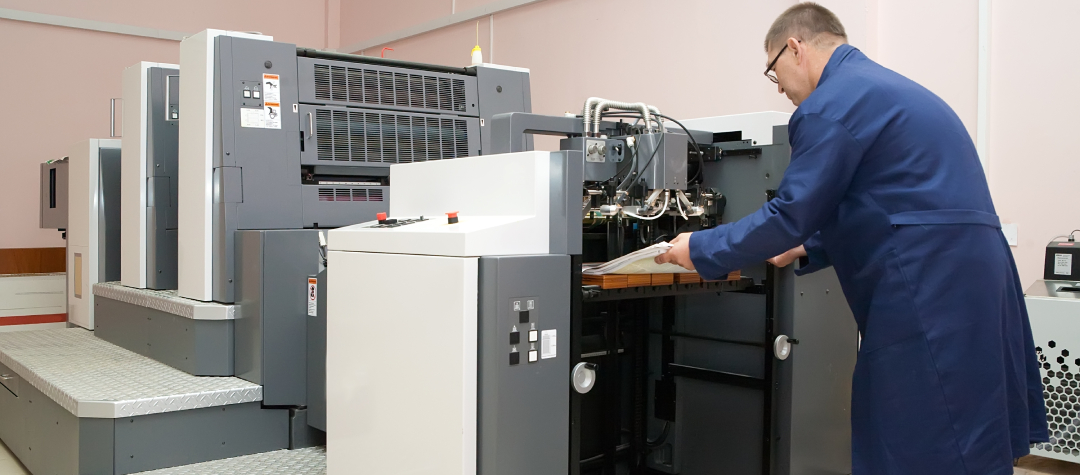
Introduction:
Variable Data Printing (VDP) is a digital printing process that allows each printed component in a single print run to be personalized. This technology is used to develop customized marketing materials that can increase brand exposure, client loyalty, and sales. We will look at the major components of variable data printing, how it works, and the significance of data in this process in this PDF file.
Variable data print:
A variable data print is a piece of printed material that incorporates personalized information such as names, photographs, QR codes, logos, and special offers. With variable data printing , each printed piece may be personalized to meet the individual's specific demands and preferences.
Digital printing is the most popular sort of variable data printing technique. This is due to the ease with which variable data may be included in a print job using digital printing. Digital printing processes, such as inkjet and laser printing, are particularly suited to variable data printing due to their intrinsic ability to transition between distinct content pieces from one piece to another without the need for manual modifications.
Key components of variable data printing:
The data source, the design template, and the printing machine are the three main components of variable data printing. The data source supplies the information necessary to personalize the printed piece, the design template sets the layout and design of the printed piece, and the printing press creates the final printed piece.
1. Data Source: This refers to the database or repository from which personalized information is sourced for inclusion in the printing process.
2. Template: A predefined template or design framework that serves as the foundational structure for the printed piece. Templates are constructed with designated areas earmarked for the incorporation of variable data.
3. Variable Data: The individualized content unique to each recipient, encompassing details such as names, addresses, specific offers, and other personalized information.
4. Digital Printing Device: Specialized digital printing apparatuses equipped to handle variable data and seamlessly merge it with the template, thus culminating in the production of customized printed materials.
5. Data Processing Software: Software applications designated for the management of variable data integration with templates. These applications are instrumental in ensuring the precision and accuracy of the printing process.
What printing type allows for variable data prints within a print job?
Variable data printing inside a print job is possible with digital printing. This is because variable data can be quickly integrated into a print job using digital printing without the requirement for additional setup or printing plates.
How Does It Work?
An innovative digital printing press extracts data from your CRM and dynamically adds material into a template using the prospect or customer information you already have. Without slowing down the printing process, hundreds of thousands of print pieces can be personalized with content relevant to each receiver.
Importance of Data in Variable Data Printing
Variable data printing relies heavily on data. The more information you have about your prospects or clients, the more tailored and successful your marketing materials will be. Businesses may design highly focused and relevant marketing efforts that resonate with their target audience by leveraging data.
Conclusion:
Variable data printing is a valuable tool for organizations that may help them produce personalized marketing materials that get results. Businesses may build highly focused and effective marketing campaigns that increase brand awareness, client loyalty, and sales by leveraging data and digital printing technologies.